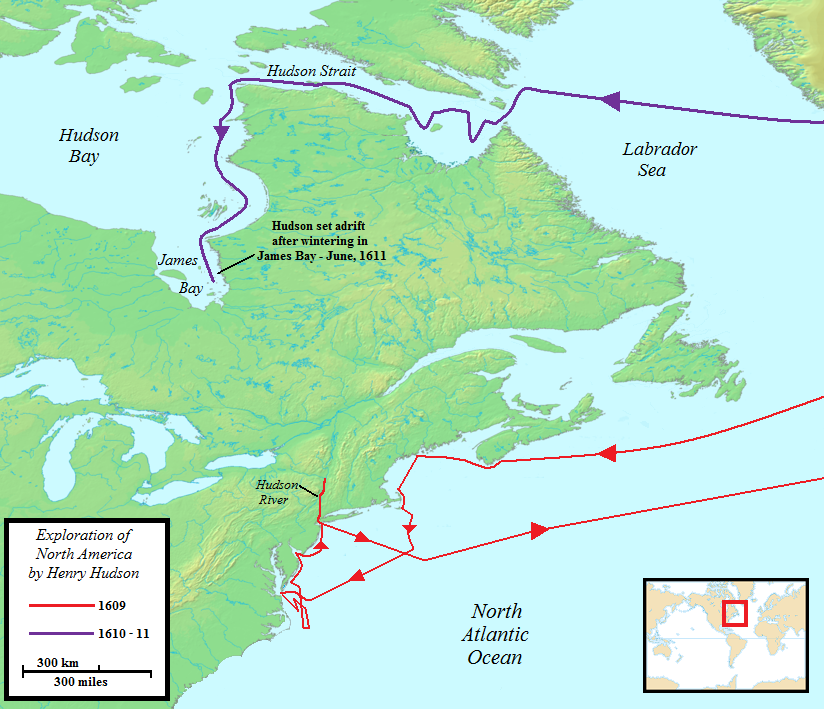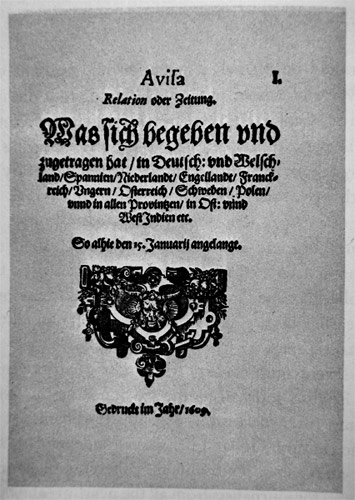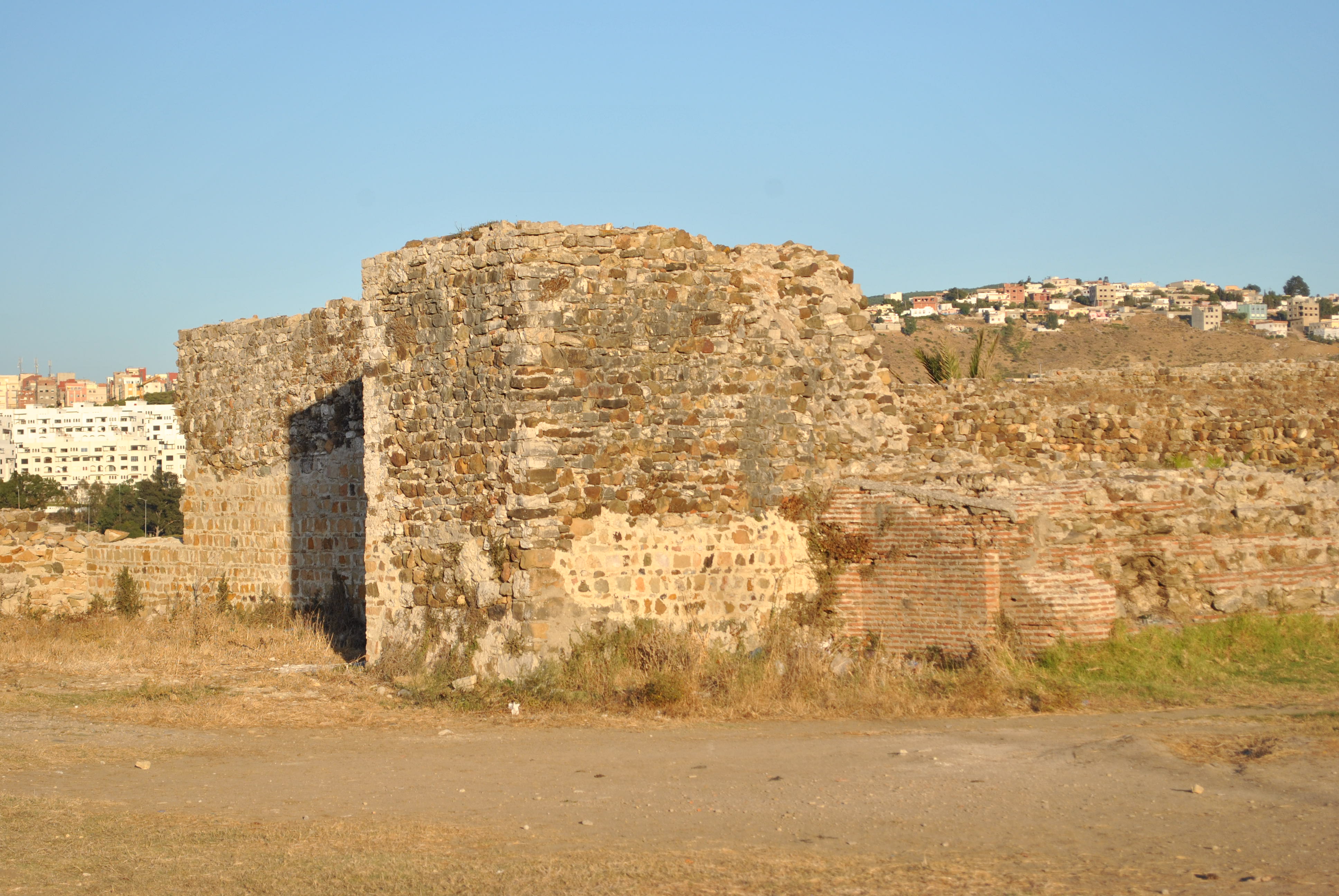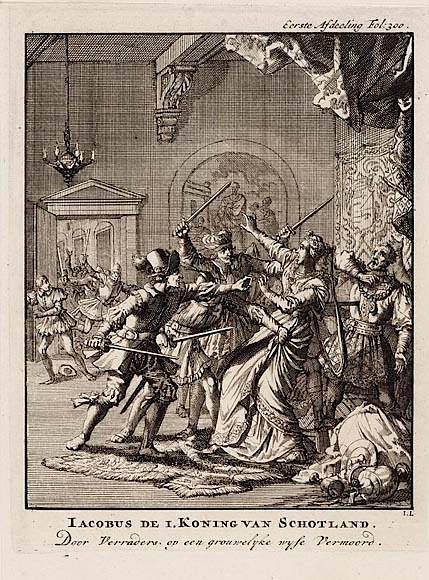|
September 13
Events Pre-1600 *585 BC – Lucius Tarquinius Priscus, king of Rome, celebrates a triumph for his victories over the Sabines, and the surrender of Collatia. *509 BC – The Temple of Jupiter Optimus Maximus on Rome's Capitoline Hill is dedicated on the ides of September. * 379 – Yax Nuun Ahiin I is crowned as 15th Ajaw of Tikal * 533 – Belisarius of the Byzantine Empire defeats Gelimer and the Vandals at the Battle of Ad Decimum, near Carthage, North Africa. * 1229 – Г–gedei Khan is proclaimed Khagan of the Mongol Empire in Kodoe Aral, Khentii: Mongolia. *1437 – Battle of Tangier: a Portuguese expeditionary force initiates a failed attempt to seize the Moroccan citadel of Tangier. 1601–1900 *1609 – Henry Hudson reaches the river that would later be named after him – the Hudson River. * 1645 – Wars of the Three Kingdoms: Scottish Royalists are defeated by Covenanters at the Battle of Philiphaugh. * 1743 – Great ... [...More Info...] [...Related Items...] OR: [Wikipedia] [Google] [Baidu] |
585 BC
The year 585 BC was a year of the Roman calendar, pre-Julian Roman calendar. In the Roman Empire, it was known as year 169 ''Ab urbe condita'' . The denomination 585 BC for this year has been used since the early medieval period, when the Anno Domini calendar era became the prevalent method in Europe for naming years. Events * 28 May - Eclipse of Thales: A solar eclipse occurs as predicted by Thales, while Alyattes of Lydia fights Cyaxares of Media (region), Media at the Battle of the Eclipse, Battle of Halys, leading to a Ceasefire, truce. This is a cardinal date from which other dates can be calculated. It is also the earliest event of which the precise date is known.Asimov, Isaac (1965) ''The Greeks'', Boston: Houghton Mifflin, p. 91 * Destruction of Kirrha, ending the First Sacred War. * Lucius Tarquinius Priscus, legendary fifth king of Ancient Rome, Rome, defeats the Sabines in Roman-Sabine wars#War with Tarquinius Priscus, war, taking the town of Collatia and celebrating a ... [...More Info...] [...Related Items...] OR: [Wikipedia] [Google] [Baidu] |
Vandals
The Vandals were a Germanic people who were first reported in the written records as inhabitants of what is now Poland, during the period of the Roman Empire. Much later, in the fifth century, a group of Vandals led by kings established Vandal kingdoms first within the Iberian Peninsula, and then in the western Mediterranean islands, and North Africa. Archaeologists associate the early Vandals with the Przeworsk culture, which has led to some authors equating them to the Lugii, who were another group of Germanic peoples associated with that same archaeological culture and region. Expanding into Dacia during the Marcomannic Wars and to Pannonia during the Crisis of the Third Century, the Vandals were confined to Pannonia by the Goths around 330 AD, where they received permission to settle from Constantine the Great. Around 400, raids by the Huns from the east forced many Germanic tribes to migrate west into the territory of the Roman Empire and, fearing that they might be ... [...More Info...] [...Related Items...] OR: [Wikipedia] [Google] [Baidu] |
Henry Hudson
Henry Hudson ( 1565 – disappeared 23 June 1611) was an English sea explorer and navigator during the early 17th century, best known for his explorations of present-day Canada and parts of the Northeastern United States. In 1607 and 1608, Hudson made two attempts on behalf of English merchants to find a rumoured Northeast Passage to Cathay via a route above the Arctic Circle. In 1609, he landed in North America on behalf of the Dutch East India Company and explored the region around the modern New York metropolitan area. Looking for a Northwest Passage to Asia on his ship '' Halve Maen'' ("Half Moon"), he sailed up the Hudson River, which was later named after him, and thereby laid the foundation for Dutch colonization of the region. His contributions to the exploration of the New World were significant and lasting. His voyages helped to establish European contact with the native peoples of North America and contributed to the development of trade and commerce. On ... [...More Info...] [...Related Items...] OR: [Wikipedia] [Google] [Baidu] |
1609
Events January–March * January 12 – The Basque witch trials are started in Spain as the court of the Spanish Inquisition, Inquisition at LogroГ±o receives a letter from the commissioner of the village of Zugarramurdi, and orders the arrest of four women, including MarГa de JureteguГa and MarГa ChipГa de Barrenetxea. * January 15 – One of the world's first newspapers, ''Avisa Relation oder Zeitung'', begins publication in WolfenbГјttel (Holy Roman Empire). * January 31 – The Bank of Amsterdam is established. * February 4 – The last day of KeichЕЌ, KeichЕЌ ж…¶й•· 13 (according to the Japanese calendar, Japanese lunar calendar). * March 11 – The Swedish Army, under the command of General Jacob De la Gardie, begins marching east from Vyborg (at this time, part of the Swedish Empire, modern-day Russia) in order to defend the Russian Empire against the Polish-Lithuanian Commonwealth in the course of the Polish–Muscovite War (1605– ... [...More Info...] [...Related Items...] OR: [Wikipedia] [Google] [Baidu] |
Tangier
Tangier ( ; , , ) is a city in northwestern Morocco, on the coasts of the Mediterranean Sea and the Atlantic Ocean. The city is the capital city, capital of the Tanger-Tetouan-Al Hoceima region, as well as the Tangier-Assilah Prefecture of Morocco. Many civilisations and cultures have influenced the history of Tangier, starting from before the 10th centuryBCE. Starting as a strategic Phoenician town and trading centre, Tangier has been a nexus for many cultures. In 1923, it became an Tangier International Zone, international zone managed by colonialism in Africa, colonial powers and became a destination for many European and American diplomats, spies, Bohemianism, bohemians, writers and businessmen. That status came to an end with Moroccan independence, in phases between 1956 and 1960. By the early 21st century, Tangier was undergoing rapid development and modernisation. Projects include tourism projects along the bay, a modern business district called Tangier City Centre, an ai ... [...More Info...] [...Related Items...] OR: [Wikipedia] [Google] [Baidu] |
Kingdom Of Portugal
The Kingdom of Portugal was a Portuguese monarchy, monarchy in the western Iberian Peninsula and the predecessor of the modern Portuguese Republic. Existing to various extents between 1139 and 1910, it was also known as the Kingdom of Portugal and the Algarves after 1415, and as the United Kingdom of Portugal, Brazil and the Algarves between 1815 and 1822. The name is also often applied to the Portuguese Empire, the realm's overseas colonies. The nucleus of the Portuguese state was the County of Portugal, established in the 9th century as part of the ''Reconquista'', by VГmara Peres, a vassal of the Kingdom of Asturias, King of Asturias. The county became part of the Kingdom of LeГіn in 1097, and the Counts of Portugal established themselves as rulers of an independent kingdom in the 12th century, following the battle of SГЈo Mamede. The kingdom was ruled by the Portuguese House of Burgundy, Afonsine Dynasty until the 1383–85 Crisis, after which the monarchy passed to the Hous ... [...More Info...] [...Related Items...] OR: [Wikipedia] [Google] [Baidu] |
Battle Of Tangier (1437)
The Battle of Tangier, sometimes referred to as the siege of Tangiers, and by the Portuguese, as the disaster of Tangier (), refers to the attempt by a Portuguese expeditionary force to seize the Moroccan citadel of Tangier and its defeat by the armies of the Marinid Sultanate in 1437. The Portuguese expeditionary force, led by Prince Henry the Navigator, Duke of Viseu, set out from Portugal in August 1437, intending to seize a series of Moroccan coastal citadels. The Portuguese laid siege to Tangier in mid-September. After a few failed assaults on the city, the Portuguese force was attacked and defeated by a large Moroccan relief army led by vizier Abu Zakariya Yahya al-Wattasi of Fez. The Moroccans encircled the Portuguese siege camp and starved it to submission. To preserve his army from destruction, Henry negotiated a treaty promising to return the citadel of Ceuta (captured earlier in 1415) to Morocco in return for being allowed to withdraw his troops. The terms of the tre ... [...More Info...] [...Related Items...] OR: [Wikipedia] [Google] [Baidu] |
1437
Year 1437 ( MCDXXXVII) was a common year starting on Tuesday of the Julian calendar. Events January–March * January 15– The Compacts of Basel are ratified by the Council of Basel in Switzerland, as the Roman Catholic Church ends its campaign against the Hussites. Among other things, the Church authorizes Hussite priests to administer sacramental wine to their congregations as part of the Communion during the Eucharist before Easter without declaring the same to be heresy, but stops short of allowing the Communion wafer. * January 17 – Battle of HГ¤llaskogen, Sweden: Rebels from the cities of Arboga, KГ¶ping, and Г–rebro, led by Erik Puke, defeat the troops sent by King Karl VIII. Puke is captured a few weeks later, and beheaded on February 13. * January 21– The English Parliament, summoned in the name of King Henry VI on October 29, assembles at Westminster. The House of Commons elects the ailing John Tyrrell as its Speaker. * February 13&nd ... [...More Info...] [...Related Items...] OR: [Wikipedia] [Google] [Baidu] |
Mongolia
Mongolia is a landlocked country in East Asia, bordered by Russia to the north and China to the south and southeast. It covers an area of , with a population of 3.5 million, making it the world's List of countries and dependencies by population density, most sparsely populated sovereign state. Mongolia is the world's largest landlocked country that does not border an Endorheic basin, inland sea, and much of its area is covered by grassy steppe, with mountains to the north and west and the Gobi Desert to the south. Ulaanbaatar, the capital and List of cities in Mongolia, largest city, is home to roughly half of the country's population. The territory of modern-day Mongolia has been ruled by various nomadic empires, including the Xiongnu, the Xianbei, the Rouran, the First Turkic Khaganate, the Second Turkic Khaganate, the Uyghur Khaganate and others. In 1206, Genghis Khan founded the Mongol Empire, which became the largest List of largest empires, contiguous land empire i ... [...More Info...] [...Related Items...] OR: [Wikipedia] [Google] [Baidu] |
Mongol Empire
The Mongol Empire was the List of largest empires, largest contiguous empire in human history, history. Originating in present-day Mongolia in East Asia, the Mongol Empire at its height stretched from the Sea of Japan to parts of Eastern Europe, extending northward into parts of the Arctic; eastward and southward into parts of the Indian subcontinent, mounting invasions of Southeast Asia, and conquering the Iranian plateau; and reaching westward as far as the Levant and the Carpathian Mountains. The Mongol Empire emerged from the unification of several nomad, nomadic tribes in the Mongol heartland under the leadership of Temüjin, known by the title of Genghis Khan (–1227), whom a council proclaimed as the ruler of all Mongols in 1206. The empire grew rapidly under his rule and that of his descendants, who sent out Mongol invasions, invading armies in every direction. The vast transcontinental empire connected the Eastern world, East with the Western world, West, and the Pac ... [...More Info...] [...Related Items...] OR: [Wikipedia] [Google] [Baidu] |
Khagan
Khagan or Qaghan (Middle Mongol:; or ''Khagan''; ) or zh, c=大汗, p=Dà hán; ''Khāqān'', alternatively spelled Kağan, Kagan, Khaghan, Kaghan, Khakan, Khakhan, Khaqan, Xagahn, Qaghan, Chagan, Қан, or Kha'an is a title of empire, imperial rank in Turkic languages, Turkic, Mongolic languages, Mongolic, and some other languages, equal to the status of emperor and someone who rules a khaganate (empire). The female equivalent is Khatun. It may also be translated as "Khan (title), Khan of Khans", equivalent to King of Kings. In Bulgarian, the title became known as ''Khan'', while in modern Turkic, the title became ''Khaan'' with the ''g'' sound becoming almost silent or non-existent; the ''ğ'' in modern Turkish language, Turkish ''Kağan'' is also silent. After the division of the Mongol Empire, monarchs of the Yuan dynasty and the Northern Yuan held the title of ''Khagan''. ''Kağan, Hakan'' and ''Kaan'', Turkish language, Turkish equivalents of the title are common Tur ... [...More Info...] [...Related Items...] OR: [Wikipedia] [Google] [Baidu] |
Г–gedei Khan
Ögedei Khan (also Ögedei Khagan or Ogodei; 11 December 1241) was the second Khan (title), khan of the Mongol Empire. The third son of Genghis Khan, he continued the expansion of the empire that his father had begun. Born in 1186 AD, Ögedei fought in numerous battles during Rise of Genghis Khan, his father's rise to power. After being granted a large appanage#Mongol Empire, appanage and taking a number of wives, including Töregene, he played a prominent role in the Mongol invasion of the Khwarazmian Empire. When his older brothers Jochi and Chagatai Khan, Chagatai quarrelled over strategies when besieging Gurganj, Genghis appointed Ögedei sole commander; Siege of Gurganj, his successful capture of the city in 1221 ensured his military reputation. He was confirmed as heir after further infighting between his elder brothers led to both being excluded from succession plans. Genghis died in 1227, and Ögedei was elected as khan in 1229, after a two-year regency led by his you ... [...More Info...] [...Related Items...] OR: [Wikipedia] [Google] [Baidu] |







